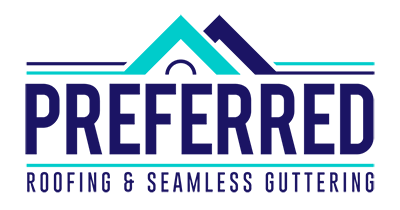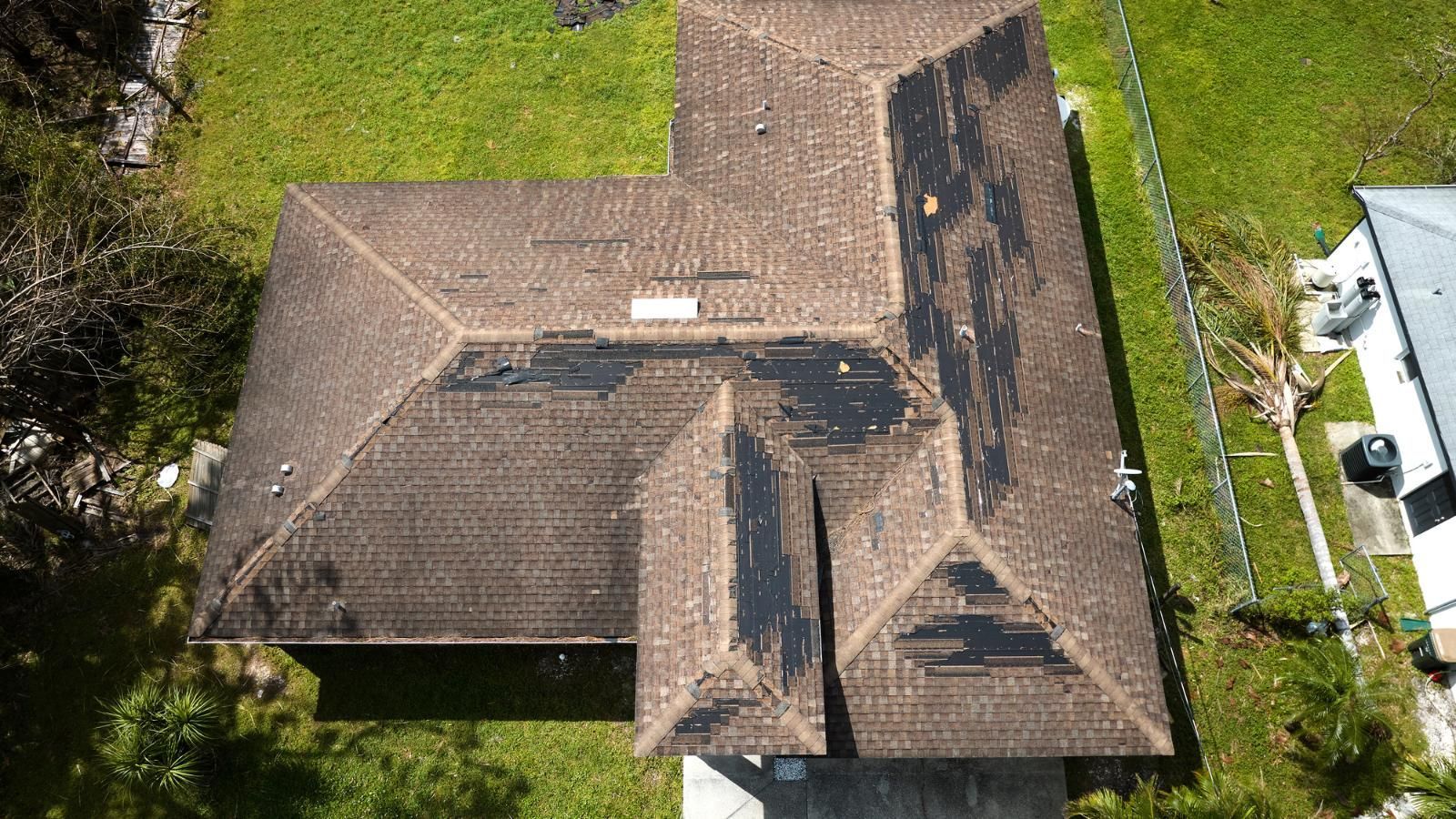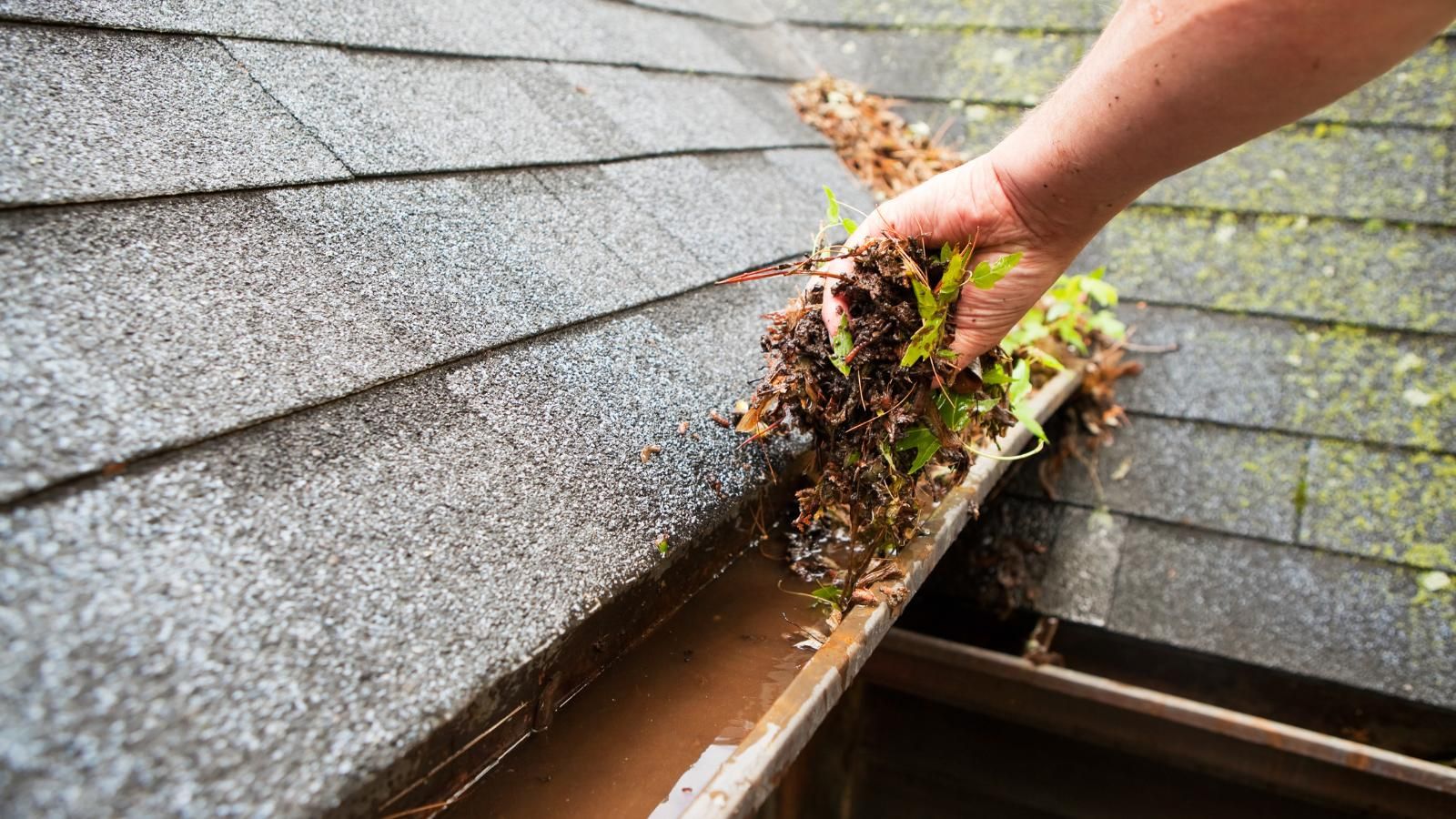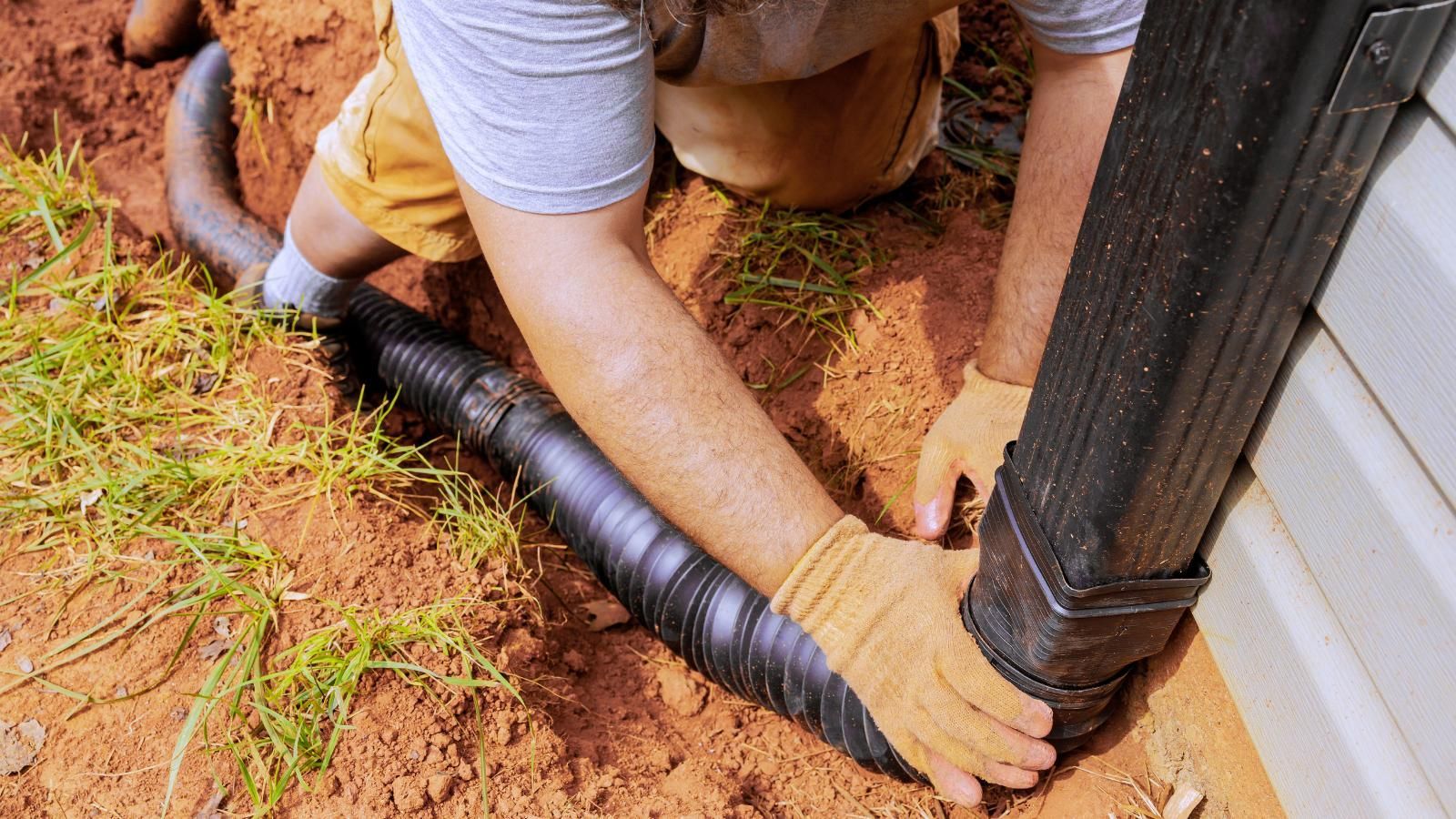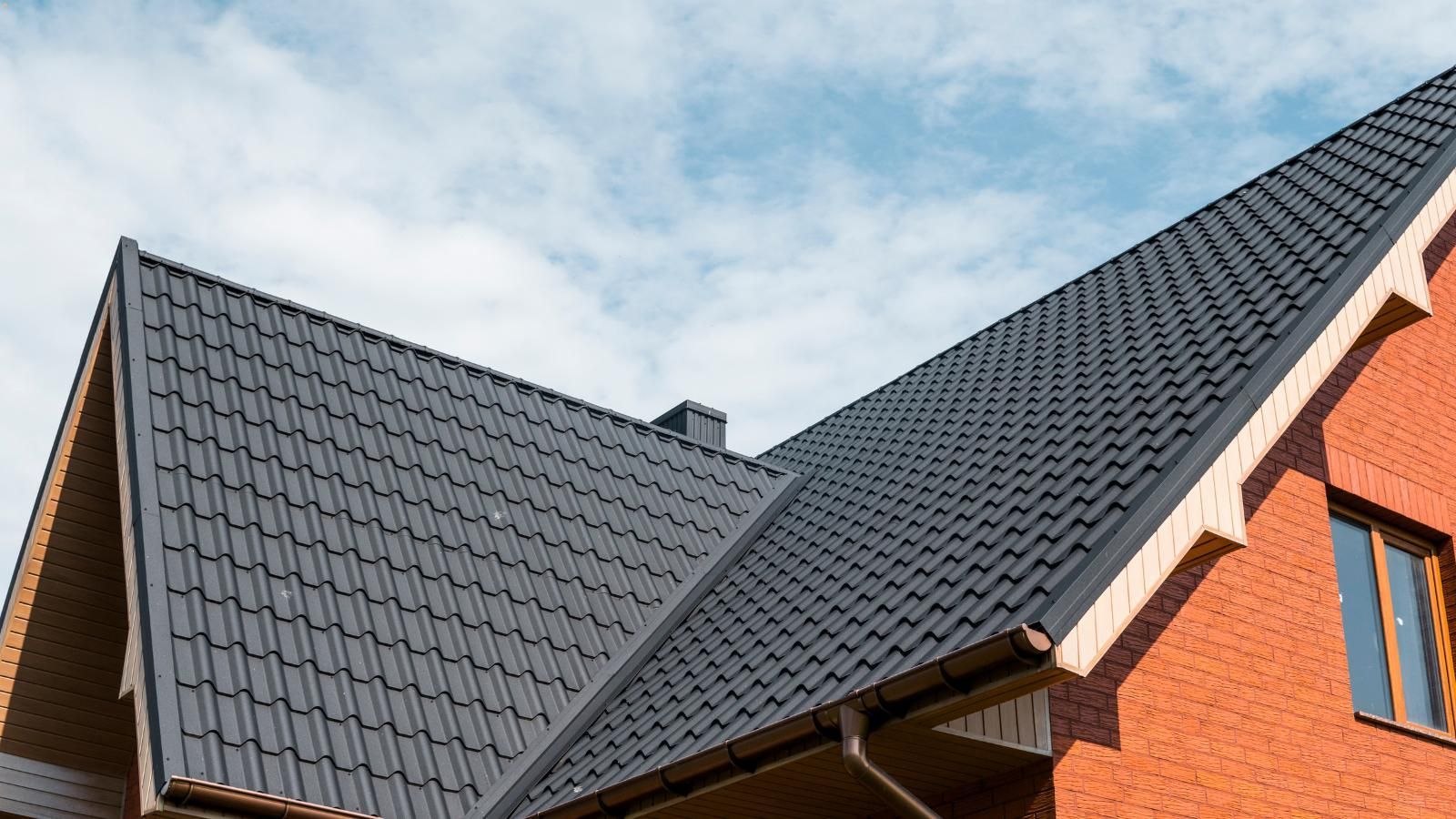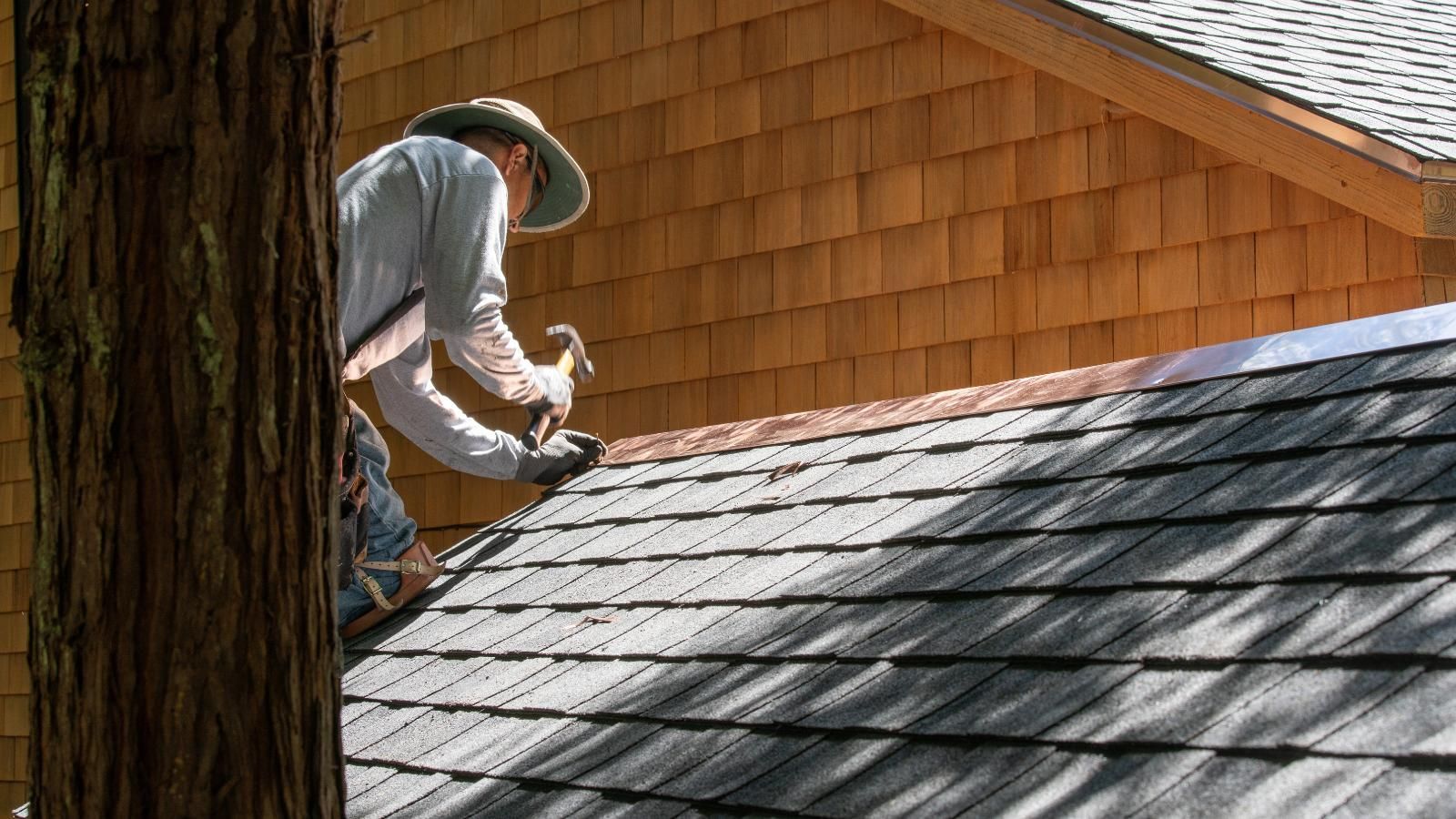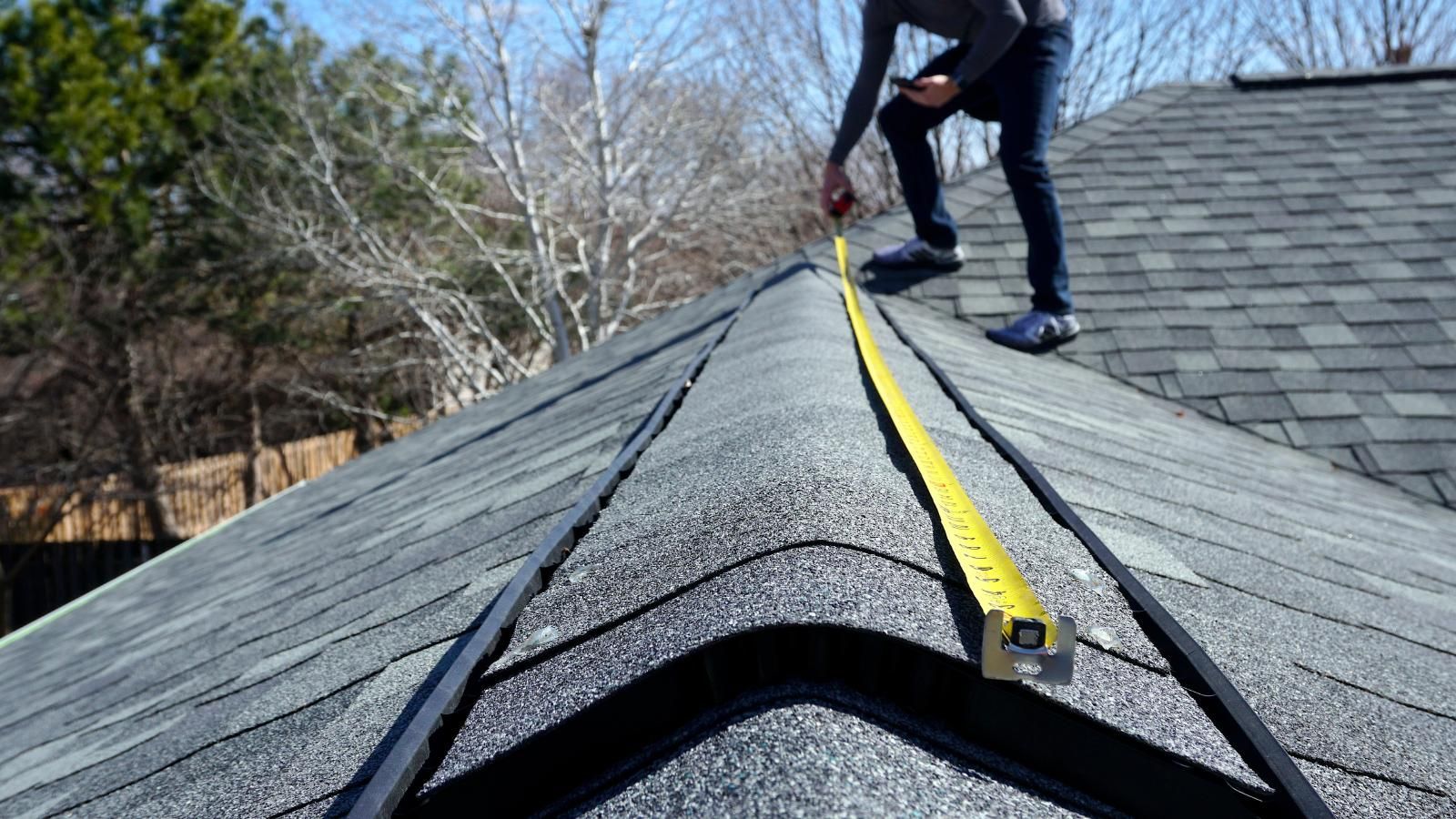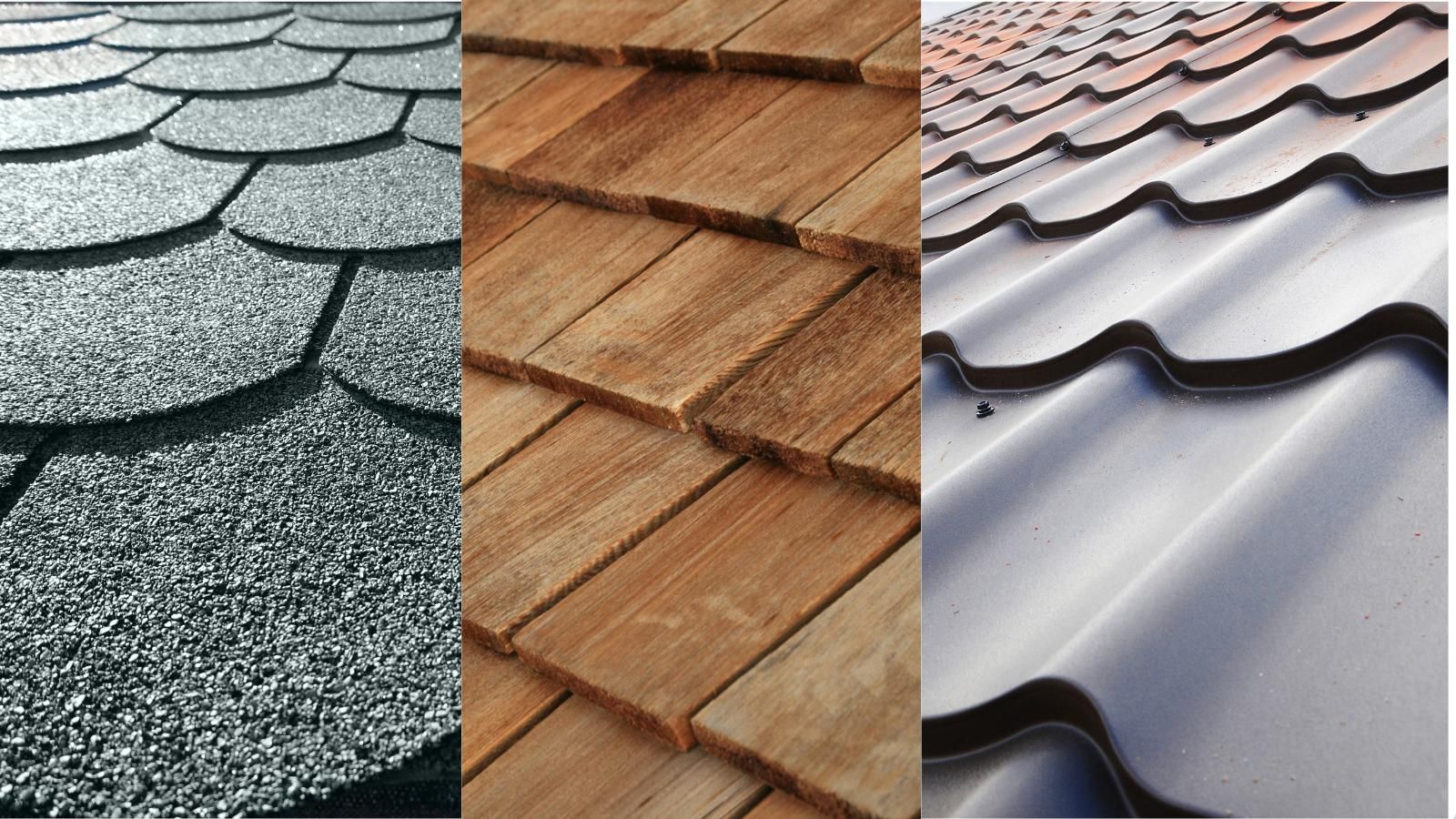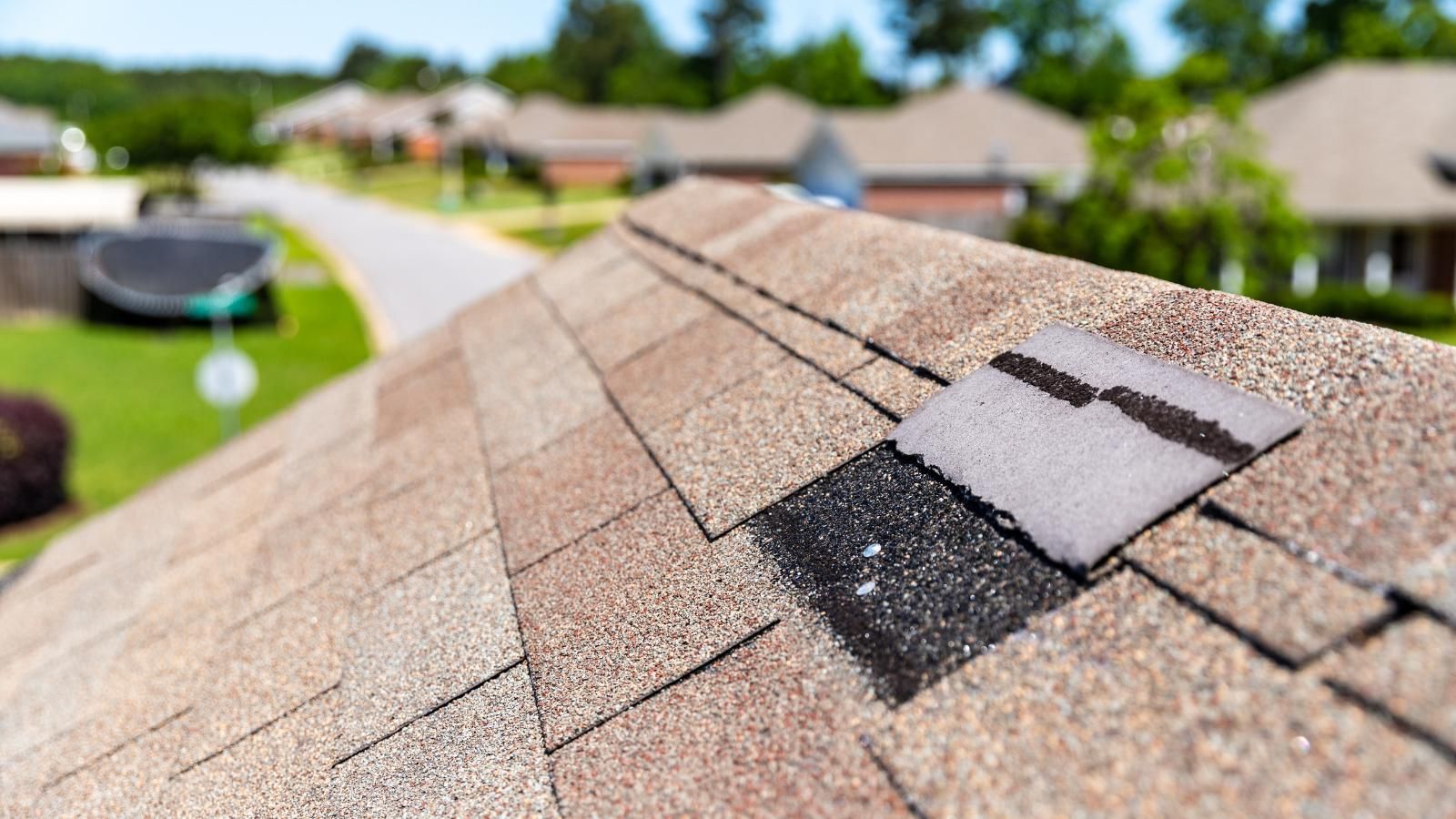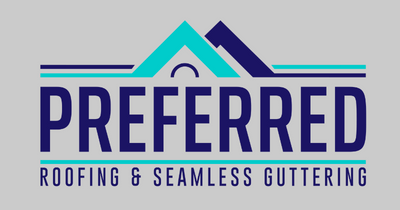Gutter to French Drain: Can You Link Them Up and Should You?
When thinking about a gutter installation, homeowners will sometimes ask: “Could I connect the gutter system with my French drain?” Both systems direct water away from the foundation, so it’s a reasonable-sounding question. While they share a common purpose, they function differently, and combining them incorrectly leads to serious water problems. Here, we’ll discuss why connecting both systems could do more harm than good and how and when they could be useful.
Let’s discuss:
Keep Gutter Drains and French Drains Separate

Gutters funnel large volumes of quickly moving water from your roof and away from your foundation. French drains function to keep groundwater from pooling around your foundation. The two systems work in harmony but not as one. Almost always, keep them separate to protect your property.
Also read:
Does My House Need Gutters? Key Factors to Consider
What Does a French Drain Do?
French drains use a perforated pipe laid inside a gravel-filled trench to move pools of groundwater below the surface, away from your home’s foundation. Typically installed along the perimeter of your home, French drains keep groundwater from seeping into your basement or crawlspace. They function differently from gutters that direct rainwater from the roof and away from your home.
Why Gutter Water Shouldn’t Enter a French Drain
When a high volume of fast-moving gutter water is directed into French drains, backups are inevitable. The perforated pipes in a French drain system cannot handle the force of water coming from the rooftop. Backed-up water in a French drain allows too much water to leak through the perforated pipes, causing a soggy mess around your foundation.
Best Practice—Keep Systems Separate but Coordinated
Keeping your systems separated but coordinated is the best way to protect your home from water damage. Rainwater from gutters and downspouts should be directed away from the house through a solid, non-perforated drain pipe. Allow the French drains to serve their single purpose of managing groundwater. Both systems can be joined away from the house at the edge of your property, but they should not be fully connected. Keeping the systems separate allows both to function optimally.
Signs You May Need Both Systems
Homeowners experiencing damp basements or standing water around their foundations may need both systems to solve water issues. Inspect your property for signs of soil erosion that may indicate water management issues. Undirected water can damage walkways, patios, or landscaped areas. You also don’t want to see pools of water in your yard after a heavy rain shower. In these cases, installing both systems correctly and independently is the best solution.
Can a Solid Downspout Drain Connect to a French Drain Outlet?
You can connect a downspout drain with a French drain outlet – if done correctly. A Y-connector can be used to connect the solid downspout drain to a French drain outlet when both systems are kept separate and well away from the house before being joined. Remember always to slope the lines downhill, allowing gravity to direct the water away from the house.
Protect Your Foundation with the Right Drainage Plan
Connecting gutter downspouts to French drains can do more harm than good. Both gutters and French drains serve to control water issues, but they each have different roles. It’s best to have a custom water management system designed for your property layout that respects the roles of French drains and gutter downspouts. For a professional gutter and French drain inspection in Kansas City including Highview Estates and Ruskin Heights, call
Preferred Roofing & Seamless Guttering, we understand how Kansas City's weather impacts your property.
